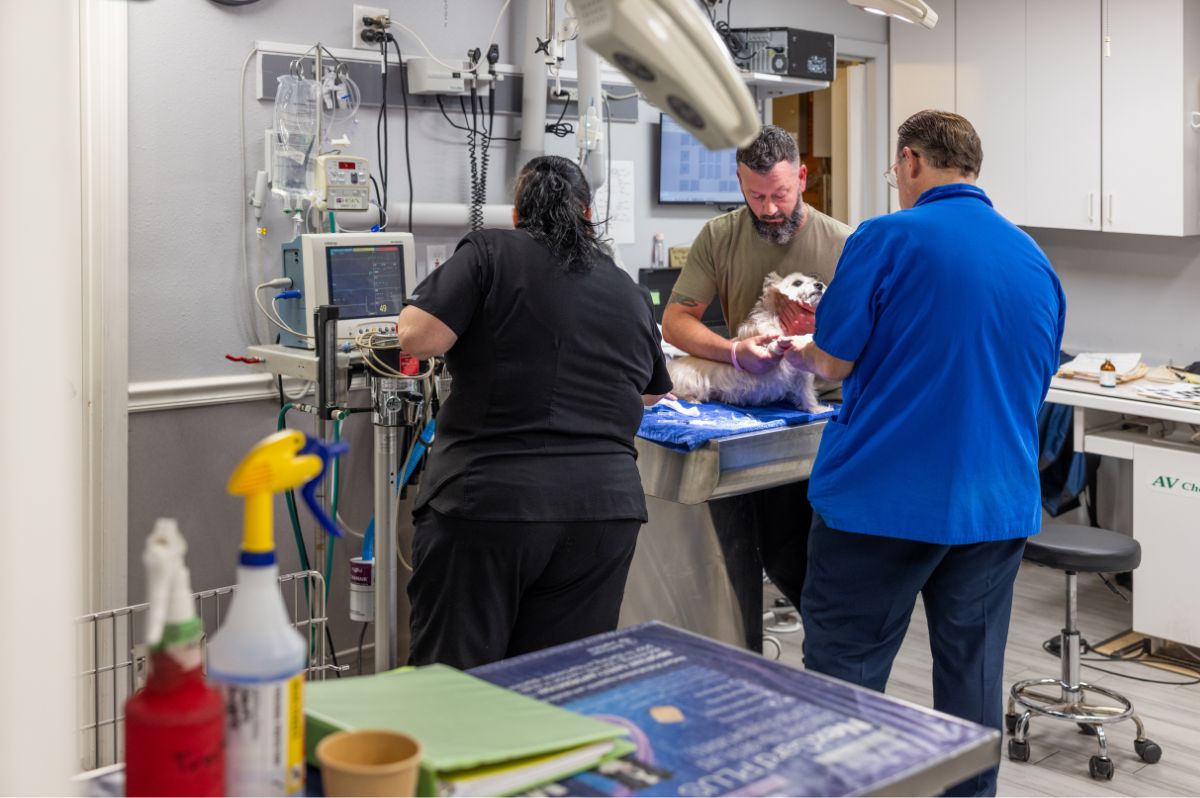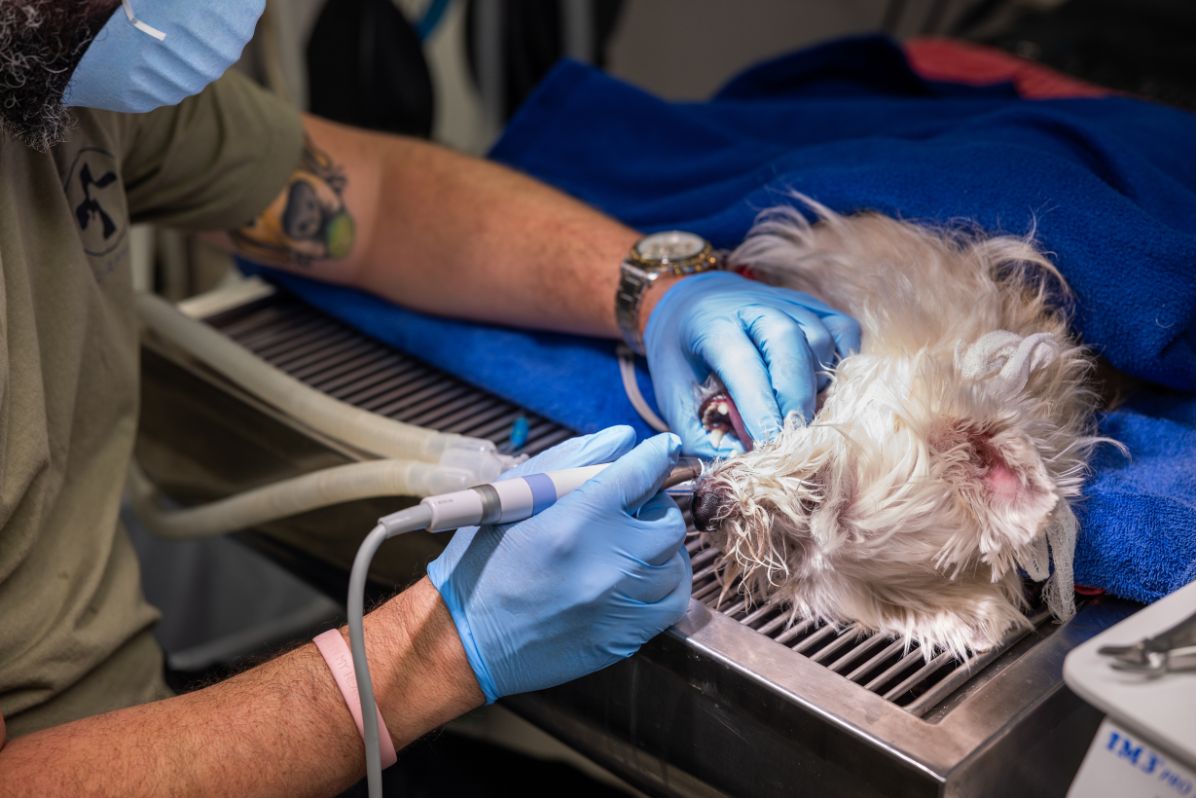Surgical Services at Santa Cruz Animal Clinic in Brandon, FL
A comprehensive guide on common veterinary conditions and procedures, from aural hematomas to spaying and neutering, to ensure pet health.

Surgical Procedures
Aural Hematoma
“Aural” means “pertaining to the ear.” Aural hematoma results when an animal breaks a blood vessel in the ear flap. The ear flap fills with blood and becomes like a heavy water balloon hanging from the pet’s head.
Bite Wound Abscess
When a pet has been bitten and the bite wound abscesses, the area usually will have to be drained of puss, blood, and fluid. Sometimes, a drain will have to be placed in the opening so that the wound does not close up again and re-abscess before the infection has been cleared up.
Cherry Eye
When your pet gets a cherry eye, a red lump will appear in the corner of their eye. Sometimes, this can be fixed with medication, but most of the time the lump either will need to be surgically removed or tacked down.
Declawing
Declawing your cat or kitten can save your furniture and house from being torn up. When declawing, you can choose to have a front declaw or all for paws declawed.
Enucleation
Enucleation means “removal of the eye.” Upon exam, the veterinarian will decide whether or not this would be the right answer for your pet. If so, after the eye has been surgically removed, the eyelid is then sewn together.
Hemangiopericytoma
Hemangiopericytoma is a common tumor in dogs, generally arising on the limbs and appearing as a round nodule. It derives from pericytes associated with blood vessels and sometimes involves a chromosome abnormality (usually an extra or an absent chromosome).

Histiocytoma
Histiocytoma is a common benign tumor of younger dogs (and the occasional cat). While it eventually goes away by itself, it can be itchy while it lasts and usually has a moist or even slightly bloody surface. It must be distinguished from some of its more malignant cousins, so some kind of diagnostic testing is generally recommended.
Mammary Tumors in Dogs
We all know the seriousness of breast cancer and its prevention in our species, but it may be a surprise to find that breast (mammary) cancer is essential for our pets, too.
Canine and Feline Neuter
This is usually a simple surgery with minimal issues. Having your pet neutered can help prevent behavioral, prostate, and cancer issues.
Pyometra
Pyometra is a life-threatening infection of the uterus that generally occurs in middle-aged to older female dogs in the six weeks following heat. The uterus with pyometra swells dramatically and is filled with pus, bacteria, dying tissue, and toxins. Without treatment, the pet is expected to die.
Ruptured Anterior Cruciate Ligament (RACL)
This is the most common rear leg injury of the dog and usually requires surgery. We get a lot of questions about how to tell if a dog has this injury and what to do about surgery.
Sebaceous Gland Tumors
If you have an older dog with “warts” that are not confined to the face or mouth, they may be sebaceous gland tumors. Sebaceous gland tumors are benign and can be surgically removed.
Canine and Feline Spay
Spaying your cat or dog can help prevent many future issues for your pet. The surgical procedure is a little more invasive than a neuter but usually has minimal side effects after the surgery. Spaying your pet can help prevent cancer, unwanted pregnancies, pyometra, and other health issues.
Splenic Masses
The spleen is an organ that helps store red blood cells and helps with immune function by acting like a lymph node, but when it grows even a benign growth a life-threatening spleen rupture can occur. Fortunately, pets can live quite happily without a spleen.
Pulse Oximetry Monitor
A pulse oximeter is a specialized computer that monitors an animal’s heart rate, temperature, blood pressure, and blood oxygen levels.
Animals with problems breathing or animals under a general anesthetic may not be breathing in enough oxygen. This computer can measure the oxygen level in the blood and alarm us if there is a problem. Supplying an animal in respiratory distress with nasal oxygen or altering the oxygen levels for a patient under anesthetic can be life-saving.
